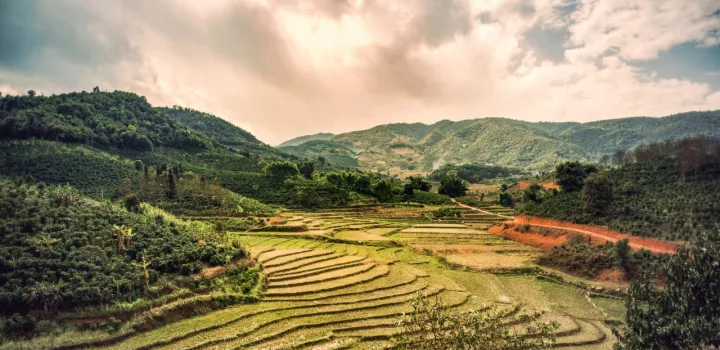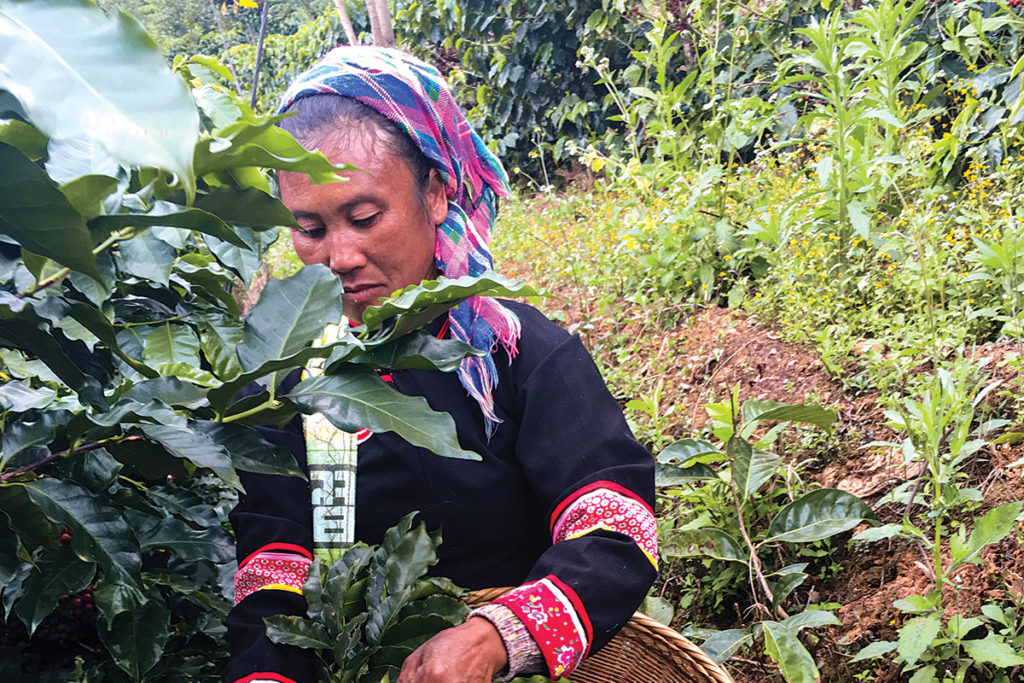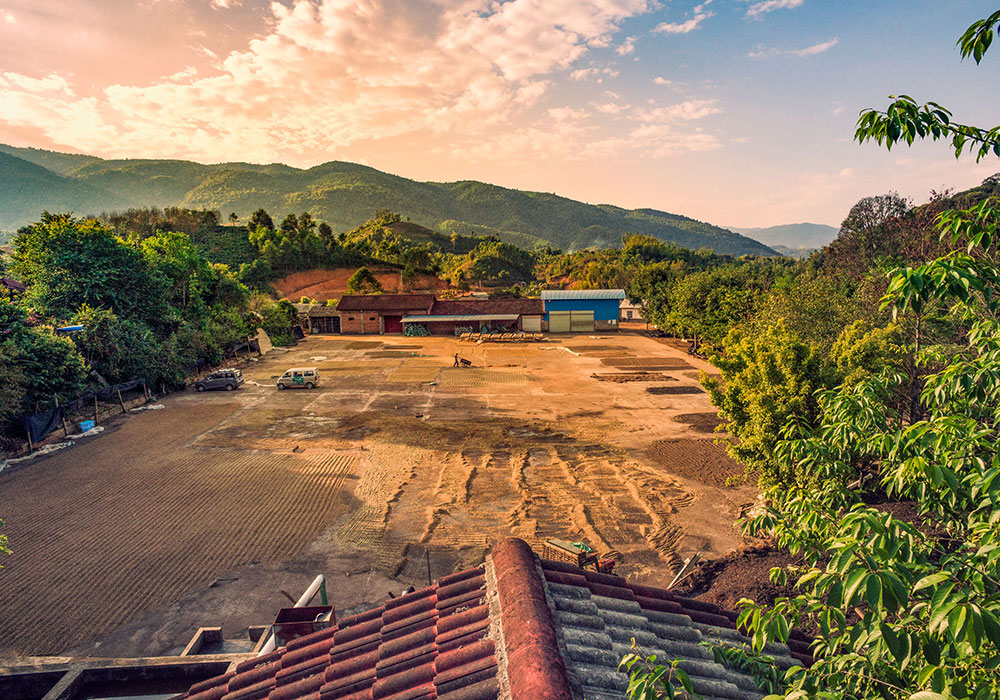Crema Trekkers: Explore China Emerald Catimor
- 24 Oct 2018

CHINA COFFEE BEANS
The Emerald Catimor is grown in Meng Lian of the Yunnan Province of China around 1,400-1,800m above sea level, primarily grown by the Lahu people – a native and ancient ethnic minority in southern China.
Catimor is a dwarf plant with large wide leaves and bright red berries. Originating in Portugal, a cross between Caturra and Timor (related to the Robusta species) varietals. It is primarily favoured for its quick production and high yields, as well as its natural resistance to pests and leaf rust. Catimor, as a varietal, still has to be well taken care of to ensure greater cup quality, as low-quality growing conditions can greatly adversely affect the flavour profile in the cup. However, good cup quality Catimor develops a complex cup with black pepper or aniseed notes.
The China Emerald Catimor single-origin is ideal for espresso-based coffees, especially long black, piccolo or espresso on its own. Also works well in plunger and as a cold brew coffee.
Tasting Notes: This is a clean, sweet coffee with flavours of milk chocolate and malt, with a medium body and good acidity.


EMERALD CATIMOR – CHINA
The Emerald Catimor is grown in southern China, in the Yunnan Province. The climate there has been compared to Colombia and Indonesia: plenty of rain that comes in from the East and West regions and warm air at lower elevations make it ideal for coffee growing. The name of this coffee is based on the varietal primarily grown in the region, Catimor, and the area which is known as ‘The Flow of the Emerald’ due to flourishing flora in the region.
The southwest of Yunnan province which borders Myanmar has blossomed as a coffee-growing area. This coffee is produced in Meng Lian at high altitudes on the fertile slopes of Palian Mountain, inhabited by the ancient Lahu people. Meng Lian coffee is recognised for its fruity flavours and fine cup, and has been part of local Lahu people’s major income source for the past two decades. It is regarded as some of the best coffee in Yunnan, China.
Lahu is one of ancient minorities in China with a population under half a million. These proud and industrious people, once highly regarded hunters, have become farmers with much of success of China’s emerging coffee industry nurtured by their hard work. The last 15 years has seen a greater assistance given to the Lahu farmers through processing and growing techniques, advice from overseas growers and market information.


THE GREEN BEAN PROCESS
The washed process relies on every stage of the growing, harvest and fermentation process being right, as the flavour is totally reliant on the bean having absorbed enough nutrients and sugars while growing. This works well for coffee grown in the Yunnan region of China, as it has good rainfall, altitudes and humidity ideal for coffee growing.
The process begins by de-pulping the coffee cherries and leaving the mucilage intact for fermentation. The fermentation process can take anywhere between 1-4 days, giving the bacteria present in the fermentation tank time to break down the mucilage, which is then ‘washed’ off at the end of the fermentation period. Once the mucilage has been removed the coffee is carefully sun-dried. With the fully washed methods, the beans are often soaked twice, so it is also known as double washed in some areas.


Image Sources:
https://www.beanscenemag.com.au/say-yes-yunnan/
http://hanicoffee.com/farm-tours/
https://www.trescabezas.de/en/coffee/yunnan



